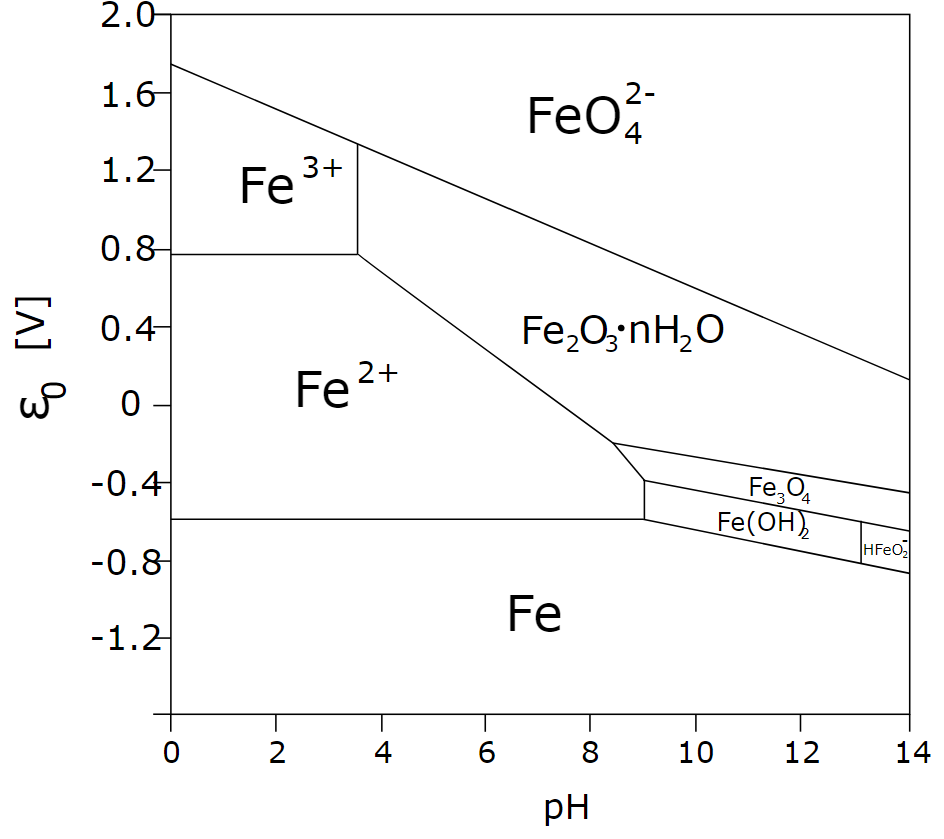Passivation is the generic term applied to procedures developed to remove the presence of metallic (free) iron from the surface of stainless steel products. The presence of free iron particles on the surface of stainless steel products can cause the product to show rust spots which should not occur with a clean or “passive” stainless steel surface. A PASSIVE stainless steel surface would have NO free iron particles which could potentially corrode or “rust.” In addition to removing heat color Capital’s weld cleaning machines simultaneously passivate.
Stainless steel passivation is simple to achieve with our weld cleaning system!
***Capital Weld Cleaners process will achieve chemical passivation on stainless steel in accordance with ASTM A967 specification.
Passivation of stainless steel is crucial for enhancing its corrosion resistance and extending its lifespan. Stainless steel, known for its durability and resistance to corrosion, can still be susceptible to rust and corrosion under certain conditions. Passivation is the process of treating the surface of stainless steel with a chemical solution to remove contaminants and create a protective oxide layer.
This oxide layer acts as a barrier, preventing further oxidation and corrosion of the metal. Passivation not only improves the appearance of stainless steel by removing surface contaminants but also increases its resistance to staining, pitting, and rusting, particularly in harsh environments such as marine or industrial settings.
Furthermore, passivation improves the overall performance and reliability of stainless steel components, making them more suitable for use in critical applications where corrosion resistance is essential. It also ensures compliance with industry standards and regulations, particularly in industries such as food processing, pharmaceuticals, and aerospace, where maintaining hygiene and product integrity is paramount.
Passivation of stainless steel is necessary to enhance its corrosion resistance, prolong its lifespan, improve its appearance, and ensure its suitability for various demanding applications.


